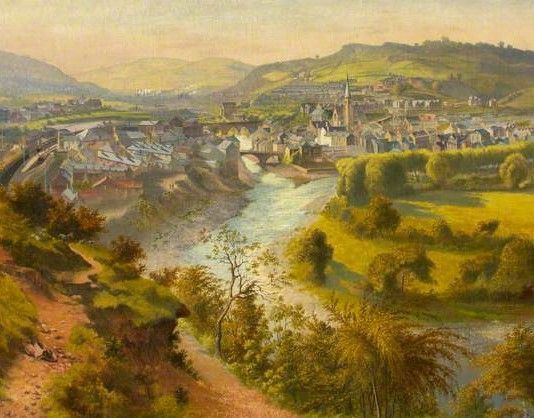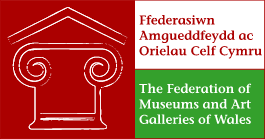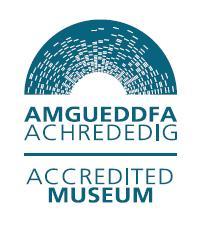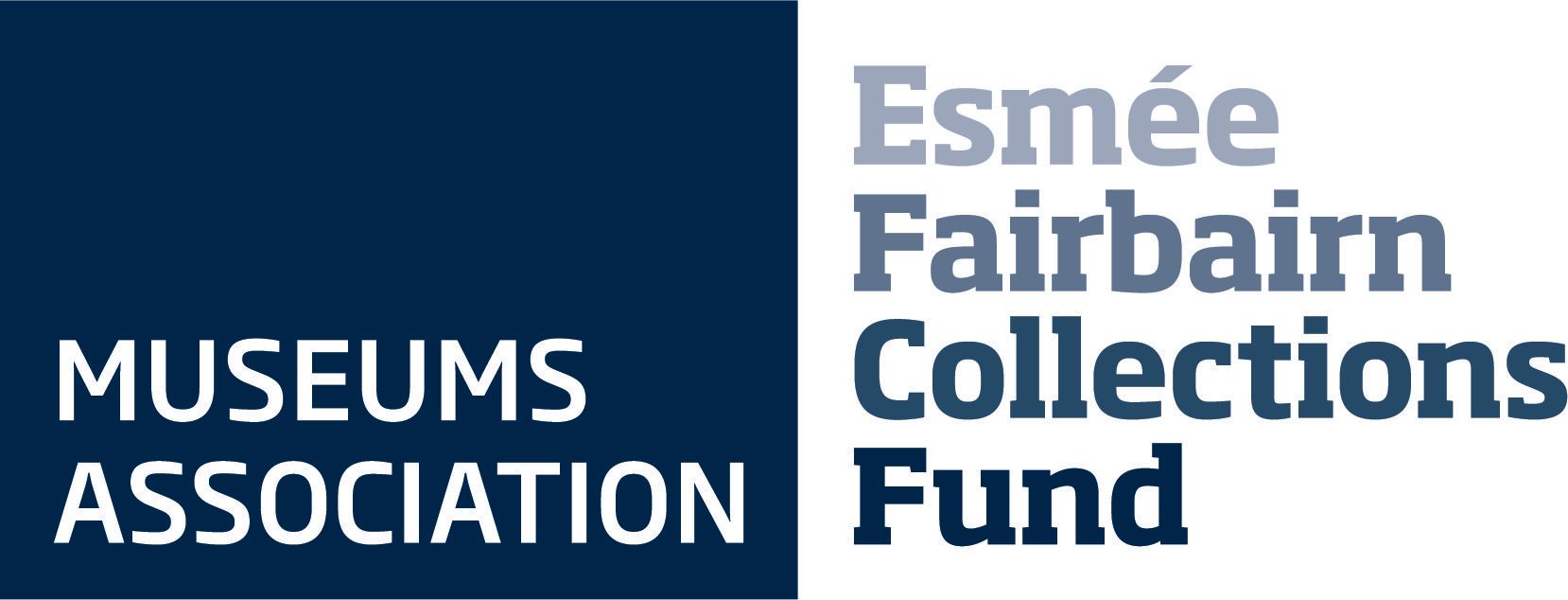William Williams
(Ap Caledfryn)

William Williams was a celebrated Welsh artist whose landscape watercolours and oil portraits are considered some of the world's finest.
Williams was born in 1837 and passed in 1915. He was born in Twthill, Caernarfon, on the 24th March 1837 to a Congregational minister and poet, Reverend William Williams, whose bardic name was Gwilym Caledfryn (Celebrated Carnarvon Artist 1915). At the age of six, he received his first drawing lesson from Hugh Hughes, a prominent Welsh artist. (Blackwell, 2023).
He studied art under J. Sebastian Bond of Bettws y Coed, until he moved to London to pursue additional art courses (Celebrated Carnarvon Artist 1915). After completing his studies and an extended stay in London, he embarked on a tour of North Wales, painting notable figures and scenes.
William Williams adopted the patronymic bardic name, Ap Caledfryn, from his father, who had gained it by winning a chair at the Beaumaris Eisteddfod in 1832 for his ode on the shipwreck of the Rothsay Castle (Hughes, 2003). The earliest usage we see of 'Ap Caledfryn' is in the Chester Chronicle, dated 30th August 1850, when he won the category for the best oil or water painting on a subject taken from a Welsh poem at the Eisteddfod in Caernarvon (Carnarvon Eisteddfod and Gorsedd 1862).
He later married Mary Daniel at Cefn-y-crib, the daughter of a Congregationalist, and had two children with her (Blackwell, 2023).
Throughout his life, Ap Caledfryn travelled extensively in Wales, cultivating friendships with other renowned Welsh artists such as Dr Joseph Parry, T. H. Thomas, and Owen Morgan (Blackwell, 2023). In 1890, he relocated to Pontypridd, which became the focus of his art (The Late Rev Kilsby Jones 1890). The following year, he took on a teaching role, offering art lessons to the community (Ap Caledfryn as a Teacher 1891). Subsequently, he moved to Llandrindod Wells, where he continued teaching before settling in Groeswen (Celebrated Carnarvon Artist 1915).
During the last nine years of his life, Ap Caledfryn battled illness and failing eyesight until his death in February 1915. Williams was laid to rest in the same plot as his father in Groeswen (Celebrated Carnarvon Artist 1915). One of his friends described him posthumously as a "large, loose-limbed and ruddy faced man, whom one would never dare suspect of being able to turn out such exquisitely painted watercolours." (Blight, 1948). The esteemed artist John Ruskin expressed his admiration for Ap Caledfryn's watercolours, stating that he had never seen finer ones (Celebrated Carnarvon Artist 1915).
His works can be found in esteemed institutions such as The National Museum of Wales at St Fagans, The National Library of Wales, and Pontypridd Museum.
Bibliography
Blackwell, H. (2023) Williams, William (AP Caledfryn; 1837 - 1915), portrait painter, Dictionary of Welsh Biography. Available at: https://biography.wales/article/s-WILL-WLM-1837?&query=william+williams&lang%5B%5D=en&sort=score&order=desc&rows=12&page=1 (Accessed: 04 June 2023).
Blight, F.M.S. (1948) ‘Ap Caledfryn’, Western Mail, 3 November, p. 4.
Caernarvon & Denbigh Herald (1915) ‘Celebrated Carnarvon Artist’, 26 February, p. 4.
Cambria Daily Leader (1862) ‘Carnarvon Eisteddfod and Gorsedd’, 29 August, p. 2.
Hughes, E.W. (2003) Caledfryn cuttings, Archives Hub. Available at: https://archiveshub.jisc.ac.uk/search/archives/a3b187be-f78e-3660-af01-08dd51687c5c (Accessed: 06 June 2023).
Pontypridd District Herald (1891) ‘Ap Caledfryn as a teacher’, 29 August, p. 5.
South Wales Daily News (1890) ‘The Late Rev Kilsby Jones’, 28 April, p. 7.
Written by Daniel Shepard











